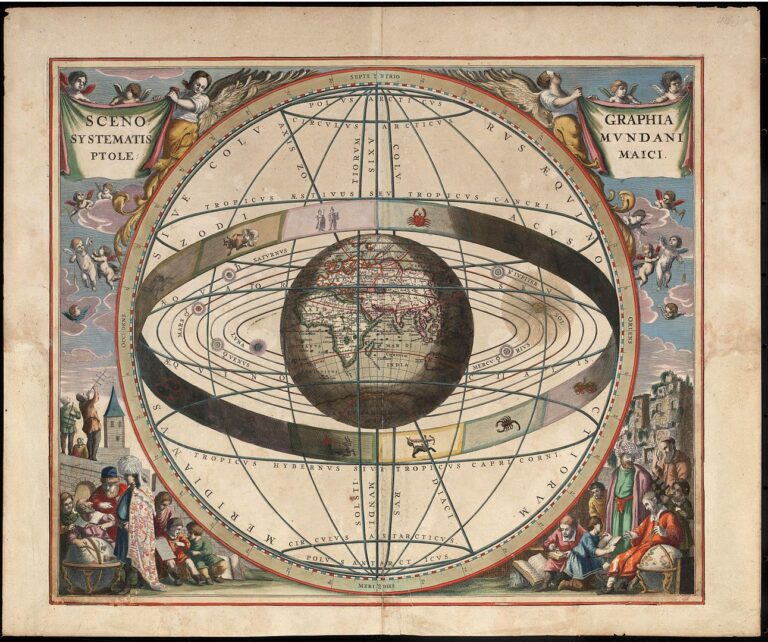Effects of Panchang
Understanding the Effects of Panchang: A Comprehensive Guide
The Panchang, an ancient astrological almanac rooted in Vedic tradition, plays a significant role in the daily lives of millions of people, especially in India. Derived from the Sanskrit words “Pancha” meaning “five” and “Anga” meaning “limbs,” the Panchang is a comprehensive calendar that meticulously records five critical astronomical elements: Tithi (lunar day), Vaar (day of the week), Nakshatra (constellation), Yoga (a specific time period), and Karana (half of a lunar day). This blog delves into the profound effects of Panchang on various aspects of life, including personal decisions, cultural practices, and spiritual growth.
The Five Limbs of Panchang
To fully appreciate the effects of Panchang, it is essential to understand its five components:
Tithi (Lunar Day)
Tithi is the lunar day and is one of the most crucial elements of the Panchang. It is based on the angle between the Sun and the Moon. Each Tithi has its own significance and is believed to influence human emotions and actions. It is used to determine auspicious days for performing ceremonies and rituals. For instance, the full moon day or Purnima is often considered auspicious for spiritual practices.
Vaar (Day of the Week)
Vaar refers to the seven days of the week, each governed by a different planetary deity. Each day carries its own energy and influences specific activities. For example, Monday is ruled by the Moon and is considered favorable for activities related to emotions and nurturing. Understanding the Vaar helps individuals plan their activities in alignment with the cosmic energies.
Nakshatra (Constellation)
Nakshatra denotes the 27 lunar constellations or star clusters in the Vedic zodiac. Each Nakshatra has unique qualities and is associated with different characteristics and deities. Nakshatras are crucial in Vedic astrology as they influence personality traits and compatibility in relationships. Knowing the Nakshatra at the time of birth is essential for creating personalized horoscopes and predicting life events.
Yoga (Auspicious Period)
Yoga is a time period calculated by the angular relationship between the Sun and the Moon. There are 27 Yogas, each with distinct characteristics affecting human activities. Some Yogas are considered auspicious and are chosen for important events like weddings or starting new ventures, while others are deemed inauspicious.
Karana (Half of a Tithi)
Karana is half of a Tithi and is used to identify the right time for specific activities. There are 11 Karanas, and each has its own significance. For example, Bava Karana is considered favorable for business activities, while Vishti Karana is regarded as inauspicious for major undertakings.
The Impact of Panchang on Daily Life
The effects of Panchang are deeply ingrained in various aspects of daily life, influencing personal decisions, cultural practices, and spiritual growth. Let’s explore these effects in more detail:
Personal Decisions and Planning
One of the primary effects of Panchang is its influence on personal decisions and planning. By consulting the Panchang, individuals can choose auspicious timings for important life events such as weddings, housewarming ceremonies, and business inaugurations. This practice, known as “Muhurat,” ensures that the events are conducted under favorable cosmic conditions, increasing the likelihood of success and prosperity.
Cultural and Religious Practices
Panchang plays a pivotal role in determining the dates of festivals, religious ceremonies, and other cultural events. For instance, Hindu festivals like Diwali, Navratri, and Holi are celebrated based on the lunar calendar outlined in the Panchang. The alignment of Tithis, Nakshatras, and Yogas is considered crucial for the observance of these festivals, ensuring that they are celebrated in harmony with cosmic rhythms.
Spiritual Growth and Well-being
For those on a spiritual path, Panchang serves as a guide for aligning personal practices with celestial energies. By understanding the cosmic influences on different days, individuals can enhance their spiritual practices, such as meditation, yoga, and prayers. For example, Ekadashi, the 11th day of the lunar cycle, is considered highly auspicious for fasting and spiritual practices, believed to cleanse the mind and body.
The Scientific Perspective on Panchang
While Panchang is deeply rooted in spirituality and tradition, it also has a scientific basis. The movements of celestial bodies, such as the Moon and the Sun, undeniably affect Earth’s natural phenomena, including tides and weather patterns. The alignment of planets and stars influences electromagnetic fields, which can impact human behavior and physiological processes.
Astrophysics and Astronomy
Astrology and astronomy were once intertwined, with ancient astronomers studying celestial bodies to understand their effects on human life. The Panchang reflects this historical connection, as it relies on accurate astronomical calculations to determine the positions of planets and stars. Modern science acknowledges the gravitational influence of celestial bodies, supporting some of the principles underlying the Panchang.
Circadian Rhythms and Human Behavior
Circadian rhythms, the natural biological processes that follow a 24-hour cycle, are influenced by the Earth’s rotation and the cycles of the Moon and Sun. Panchang takes these rhythms into account, offering insights into optimal times for rest, work, and other activities. Understanding these natural cycles can promote physical and mental well-being, aligning human activities with the rhythms of nature.
Panchang in Modern Times
Despite the rapid advancements in technology and modernization, the Panchang continues to hold relevance in contemporary society. Many individuals, even in urban areas, consult the Panchang for guidance in important life decisions and spiritual practices. The digital age has made Panchang easily accessible through online platforms and mobile applications, broadening its reach and appeal to younger generations.
Integration with Technology
Modern technology has facilitated the integration of Panchang with digital tools, making it more accessible and user-friendly. Numerous websites and apps provide detailed Panchang information, allowing users to access daily Tithi, Nakshatra, and Yoga with just a few clicks. This digital transformation has preserved the relevance of Panchang in the fast-paced modern world.
Global Influence
Panchang’s influence extends beyond India, as the growing interest in Vedic astrology and spirituality has garnered international attention. People worldwide are exploring the benefits of aligning their lives with celestial rhythms, leading to a greater appreciation of the Panchang and its teachings. This global influence underscores the universal appeal of ancient wisdom in navigating modern challenges.
Conclusion
The Panchang, with its profound effects on personal decisions, cultural practices, and spiritual growth, remains an invaluable tool for millions seeking harmony and balance in their lives. By understanding the intricate interplay of cosmic energies, individuals can make informed choices that align with natural rhythms, leading to greater success, well-being, and spiritual fulfillment. As we embrace the wisdom of the Panchang in modern times, we continue to honor the ancient traditions that guide us toward a harmonious existence with the universe.

